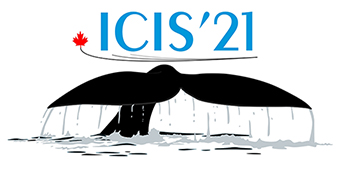Speaker
Description
The ReA post-accelerator of the National Superconducting Cyclotron Laboratory employs an Electron-Beam Ion Trap (EBIT) as a charge breeder to reaccelerate rare-isotope beams to several MeV/u. The Facility for Rare-Isotope Beams (FRIB) is near completion and will provide RIB rates expected to exceed in some cases 10$^{10}$ particles/s. The ReA EBIT operates with an electron current of 300 – 600 mA, corresponding to an electron current density of 170 – 340 A/cm$^2$ and maximum trap capacity of 10$^{10}$ elementary charges, which can be insufficient to handle high FRIB rates. A High Current Electron-Beam Ion Source (HCEBIS) has been constructed based on the backbones of the TestEBIS from Brookhaven National Laboratory. By using a 4A electron beam, a beam current density of 298 A/cm$^2$ and a maximum trap capacity of 2.4×10$^{11}$ elementary charges can be achieved. This paper presents the status of the HCEBIS, including the simulation results and first electron-beam tests.
| E-mail for contact person | son@frib.msu.edu |
|---|---|
| Funding Information | Work supported by National Science Foundation, under contract No. PHY-1565546 |
